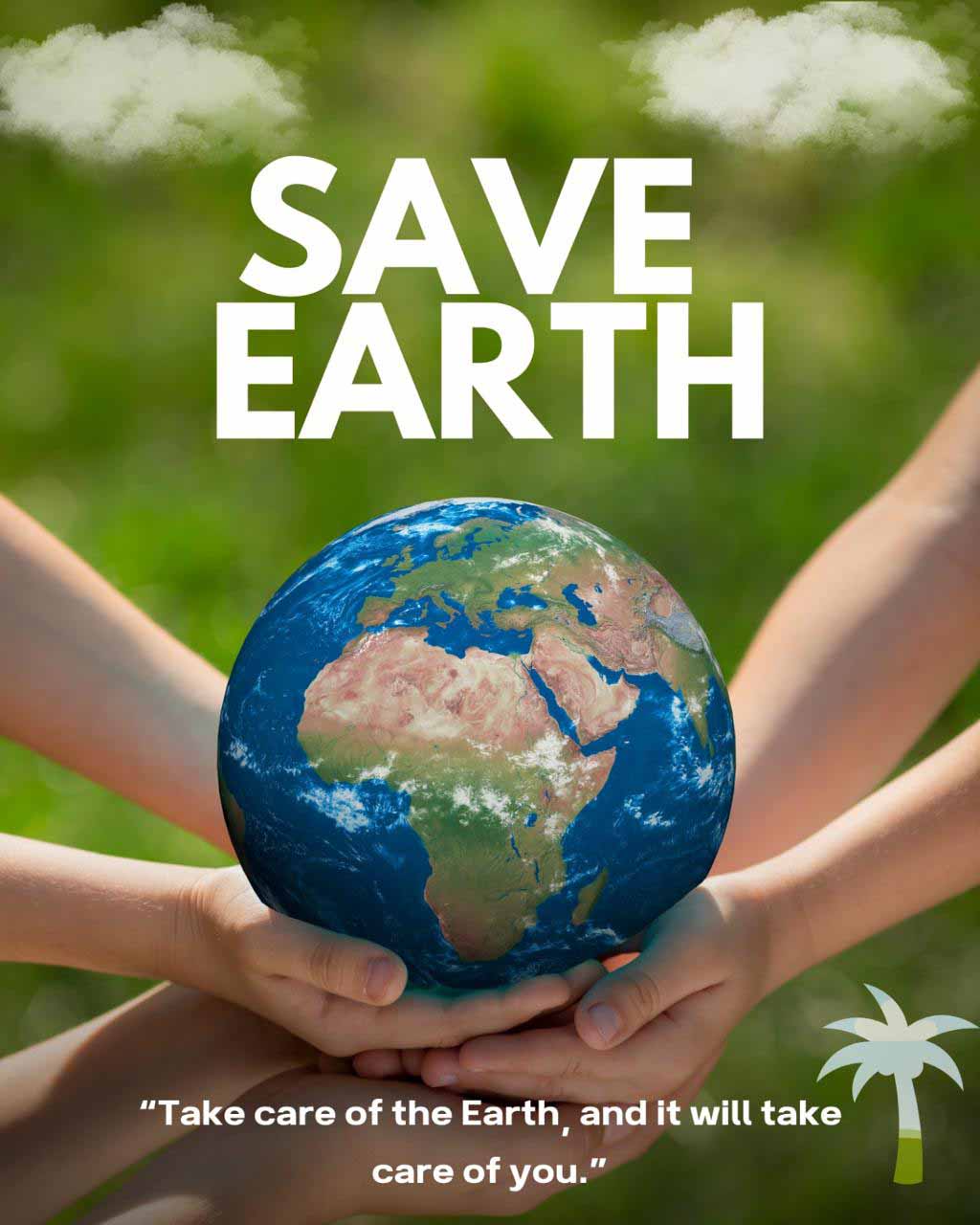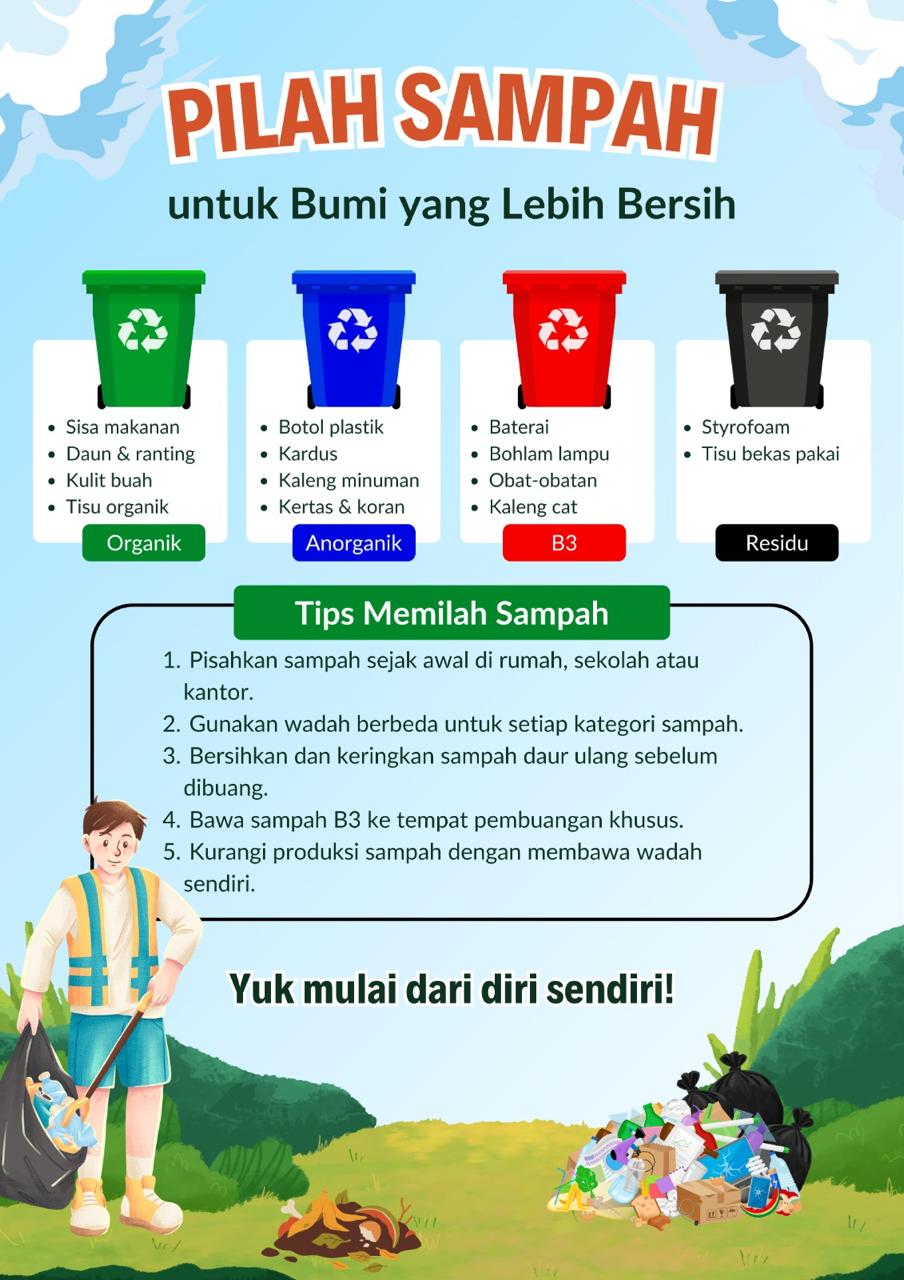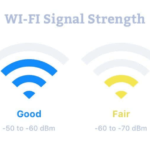Plastic has become a global presence, showing up in nearly every part of our environment. Even though its widespread use only began around World War II, plastic now permeates our ecosystems and food systems from drinking water and farmland to household shelves. Some plastic use is easy to spot, such as the packaging in grocery stores: plastic bags, containers, wraps, and bottles. These items come in many forms and are popular due to their lightweight and durable nature, making them staples in many homes.
However, a large portion of the plastic we come into contact with goes unnoticed because it’s so small. The same durability that makes plastic useful also makes it harmful—it doesn’t break down naturally. Instead, it breaks into tinier fragments called microplastics, which are particles smaller than 5 millimeters, often invisible to the naked eye.
Microplastics often enter our water systems. Around 60% of fabrics used in clothing are synthetic, and they shed microplastic fibers during washing. While water treatment facilities catch about 95% of these particles, the remaining 5% still means millions of microplastics escape into our water. Additionally, the sludge collected during treatment, which is frequently used as fertilizer on farms, also contains microplastics, potentially contaminating the food we grow.
Since plastic is made from fossil fuels, its production contributes to greenhouse gas emissions, harming both the environment and human health. Many plastics also contain harmful chemicals such as BPA and phthalates, which can interfere with hormones and have been linked to health issues including fertility problems and cancer.
Although research on microplastics and human health is still developing, early findings suggest they could affect the digestive, respiratory, hormonal, reproductive, and immune systems. These particles likely enter our bodies through the air we breathe and the food and water we consume.
The threat of microplastics isn’t limited to people. These particles build up in oceans and waterways and have been shown to disrupt the growth and reproduction of marine species. Microplastics travel through the food chain, beginning with plankton and moving up to larger animals—some of which end up as seafood on our plates. But seafood isn’t the only source. Studies have also found microplastics in beer, sea salt, and tap water. According to one estimate, some people may unknowingly ingest up to 5 grams of plastic weekly—the equivalent of eating a credit card.
While recycling plays a role in sustainability, it’s far from a comprehensive fix. The wide variety of plastics makes recycling difficult, and only about 5 to 6 percent of plastics placed in recycling bins are actually recycled. Even then, recycled plastic loses quality each time it’s processed.
In the U.S., the recycling system often places the responsibility on consumers to determine what’s recyclable. Companies sometimes make their packaging look more recyclable than it really is by using the familiar “chasing arrows” symbol, along with numbers 1 through 7 that indicate the plastic type. However, only types 1 and 2 are commonly recycled in practice.
This confusion leads to a behavior called “wishcycling”—putting non-recyclable items in the recycling bin in hopes they’ll be reused. Unfortunately, this can create problems like increased costs, equipment damage, and safety risks for workers. That’s why it’s better to follow the rule: “when in doubt, find out” what your local recycling center actually accepts. Being informed may also influence your buying choices in the future—a strategy known as “precycling,” where you choose products based on how recyclable their packaging is.
The phrase “reduce, reuse, recycle” is intentionally ordered by impact. Recycling is preferable to sending plastic to landfills, and reusing items is even better than discarding ones that are still usable. But the most effective way to lessen plastic’s negative effects is to avoid using it in the first place.







